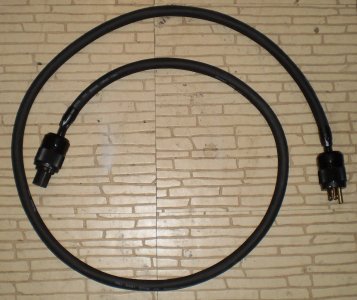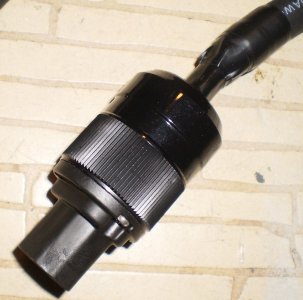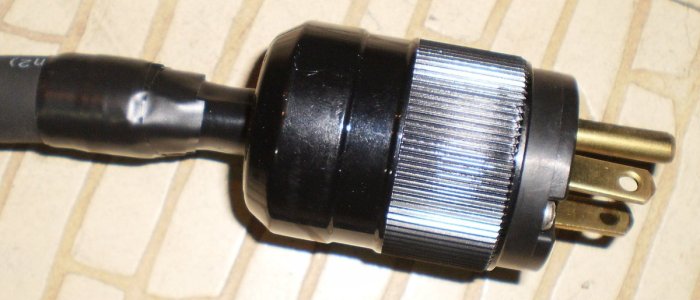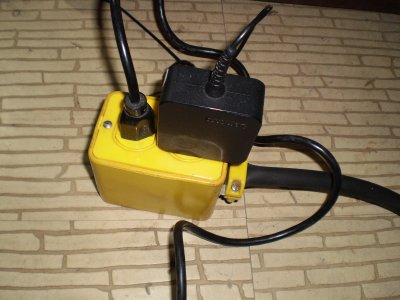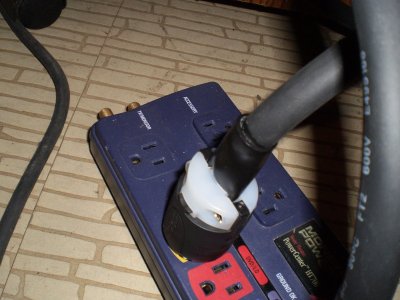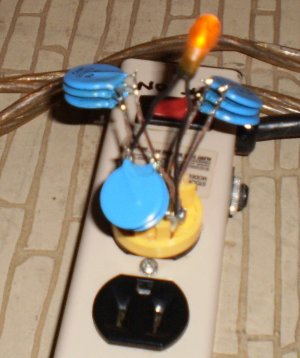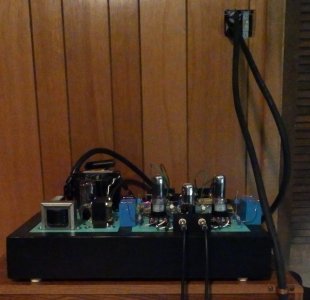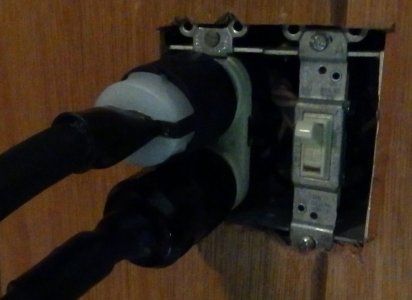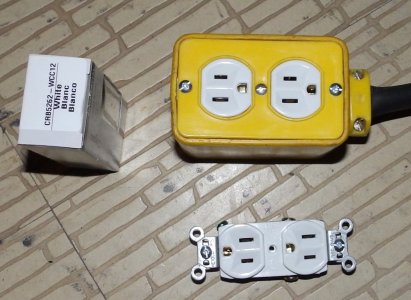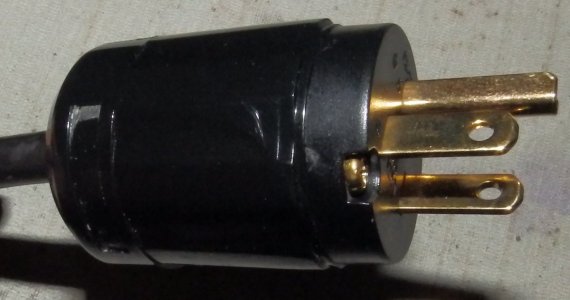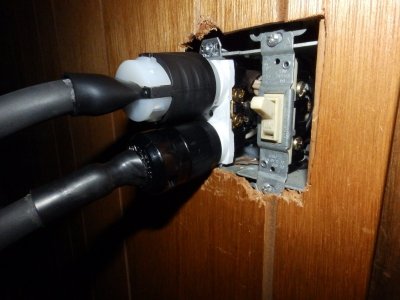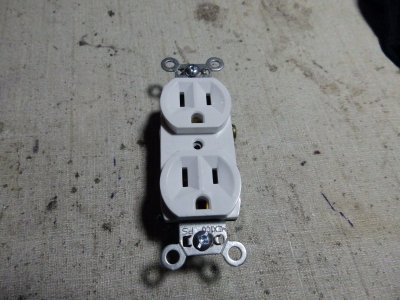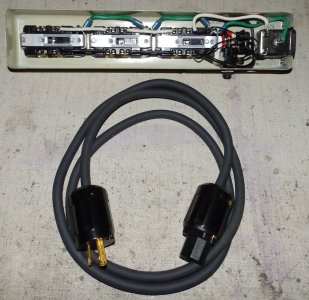Well I'm all for experimenting and listening and I'm certainly not an engineer. I don't even own a scope so I suspect that you rely on measurements more than I do. If I relied on engineering and measurements I wouldn't need to spend 9+ months breadboarding and listening before building an amp.
But my comments are not related to procedure, they're related to characteristics of a "Fulton" cable.
The distinguishing characteristic of a "Fulton" cable is its precise, prescribed length or multiples of that length. Other characteristics of the cable might vary and be important, but unless the prescribed length is used it's not considered to be a "Fulton cable".
What Hari is saying - and what you have avoided commenting on - is that the length between the terminations should be measured down to the millimeter but that the total "electrical length" is not an important consideration.
For a speaker cable, the components that are actually "doing the work" are the amplifier's output transformer and driver inside the speaker cabinet.
A "Fulton length" speaker cable,
when measured between the terminations as Hari suggests, only constitutes the middle portion of the total "electrical distance" between those key components.
So apparently any additional wire added to either end, regardless of length, is not important?
I guess I don't understand the logic behind this.
Interestingly, the same individual who often mentioned (past tense since he's been banned on every forum he's ever joined including this one) Robert Fulton as a mentor and promoted the notion of "Fulton length" cables also supports the idea that every inch of wire counts.
In this case there would seem to be a conflict between those two positions if the total "electrical distance" between the key components can be ignored while the middle portion must be measured with great precision.
Of course, some time back on another forum he also promoted the notion that wire with black insulation degrades the sound and should be avoided at all cost. That's always been one of my favorites!
[Jeff, if you still follow this forum I hope you're doing well! You really should start your own YouTube channel, which is something I've suggested before. Easy enough to make and post a video with your phone. Unless you're like me and still use a landline.

I bet it would be a great success and if you could attract enough subscribers it could even help fund your builds. No worries about being banned either! If that doesn't appeal to you I'm sure there are other forums but you'll need to learn some new languages. I think you've probably eliminated all the ones that post in English.

]
